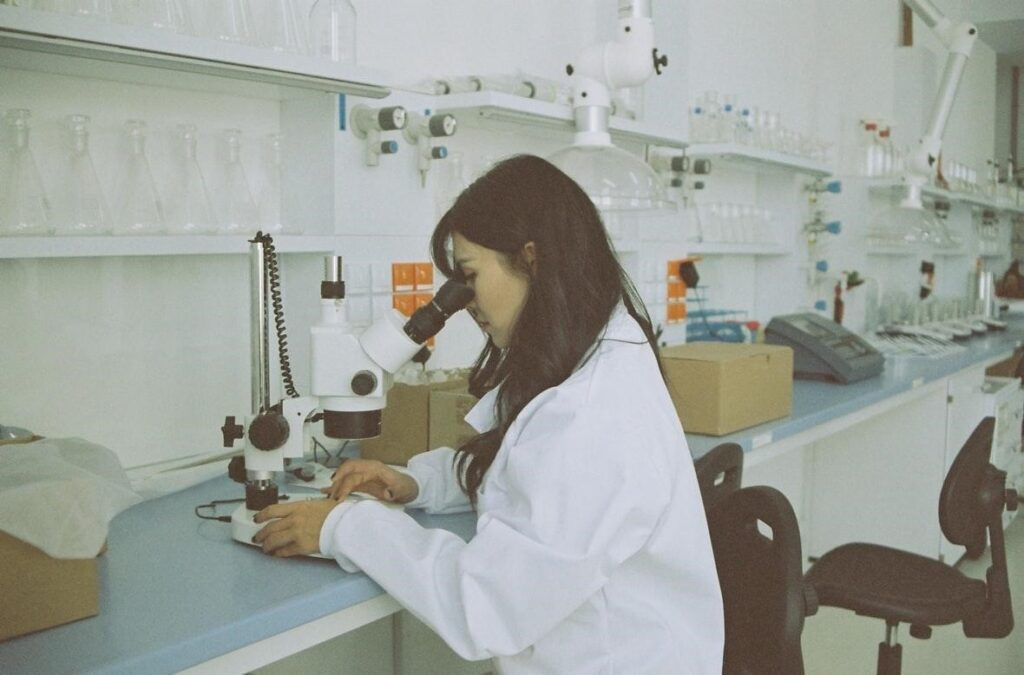How To Make Your Own Science Lab?
Scientists who work in the real world understand those insights can come from anyone. Any area where kids can ask questions, conduct experiments, evaluate data, and discover new things is suitable for use as a scientific lab. Even though many educational, professionals and clinical science labs have sophisticated equipment as well as the latest technology, your pupils just need a few simple resources and a desire to explore while learning science in a home setting
Here are some pointers to assist you and your students set up a home lab where they can conduct experiments and learn by doing.
Finding a suitable spot
To set up a lab in your house, you must first have somewhere to put it. Do you have a room you rarely use or a place to keep seasonal decorations? Maybe you have a shed in the backyard that is big enough and vacant enough for your scientific needs, or a garage that you seldom use.
Before you get started, it’s important to locate an appropriate location for your laboratory. There must be adequate room for lab furniture plus storage, as well as nearby electrical outlets for powering lab machinery.
The substances you may be utilizing should also be considered. What kind of results do you anticipate from your current flooring? Depending on the current state of the area, some adjustments may be necessary before you can move in. For safety’s sake, keep your lab well away from the dining room and kitchen. follow the link for more https://sciencing.com/make-own-science-lab-7377922.html.
Acquiring storage space
You will require not only a lab area but also a place to keep supplies. Think about the materials and equipment you’ll need, including any chemicals or compounds you’ll be working with. Some chemicals, such as those that might catch fire easily, must be kept in a dark, cold place.
Think about the best way to keep the materials you’ll be utilizing in your experiments and make sure you have enough space to do it safely. In order to maintain order and security in the laboratory, you may require chemically resistant containers or other forms of storage.
Investing in equipment
After settling on a location and making arrangements for storage, you may start looking into purchasing the necessary tools and supplies.
Along with the standard fare of flasks, Petri dishes, beakers, funnels, thermometers, and goggles, a fire extinguisher and gloves will be required for lab work. You’ll also want to invest in some tables and cupboards for storage. In order to easily relocate lab equipment, a mobile utility table is an excellent addition to any laboratory. Read more on this page.
Having everything you need in one convenient location eliminates the need to search the room for tools or supplies. Having a well-organized filing system in place will allow you to focus on note-taking and research without distraction.
What else to know?
Make that the lab has adequate ventilation and a secure means of egress. Please remind the class to use the exhaust fan in the kitchen or open a window.
Organize your scientific pursuits in advance. Start with learn-at-home activities or use boxed kits that you can easily find online with a little research. Find out what may be done together that is suitable for the kids’ ages.
The use of a lab notebook is also required. To better organize as well as keep track of their learning, students would do well to keep accurate and consistent lab notes. You can also check out life science lab hacks to become a much more efficient scientist!
Don’t forget about tidiness and security. All students need to have a garbage can, a broom, a dustpan, a sponge, some soap, and some clean towels on hand. Ensure that potable water is available to them. Stress the value of following strict safety procedures. Goggles and gloves, among other pieces of PPE, should be readily available in the home laboratory.
Last, but not least, carrying out experiments in a laboratory might be a lot of fun, but the equipment there is not meant to be played with or consumed. Always remember to keep meals and drinks outside of the laboratory. Spending time in the lab satisfies the head but not the stomach.


























